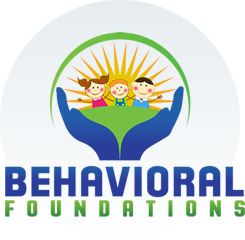ABA FAQs Learn more about Applied Behavior Analysis (ABA).
What is ABA?
Applied Behavior Analysis (ABA) is the application of principles of learning and motivation that seek to produce solutions to the problems of social significance. ABA programs are designed to assess and treat the specific needs of the individual to teach them socially significant skills to meet their needs and reach their goals. Techniques such as reinforcement, prompting, shaping and fading are used to teach new skills while interacting with their environment in a relevant way and having fun.
What is the best treatment for Autism Spectrum Disorder?
The Center For Disease Control offers an outline of treatments approved for Autism Spectrum Disorder (ASD), of which ABA is noted. One caution among professionals and experts is to warn parents of the use of non-evidence based treatments. Applied Behavior Analysis is one of a few evidence-based treatments for ASD available. A thorough review of studies has shown that ABA programs are among the top intervention choices when designed by an experienced and credentialed professional (a Board Certified Behavior Analyst).
How many hours of ABA is recommended?
One of the core components of an ABA program is that it is specifically tailored to the skills and needs of the individual. For some this means an intensive treatment plan containing many hours of therapy per week, for others only a few hours would be sufficient to produce the skill acquisition that is needed. ABA programs are data driven, meaning they use data to drive decision making in treatment goals, progress and effectiveness. In other words, if the data show progress isn’t being made at a sufficient level, your Behavior Analyst will make changes to the treatment plan.
What about the 30-40 hours a week?
Parents often hear about 30-40 hours of ABA is needed for progress. While this can be true in some individuals, remember that ABA programs are based on the current skills and needs of the individual. The 30-40 hour goal has arisen from the literature about the effectiveness of early intensive intervention. This recommendation isn’t to be dismissed, but keep in mind that a successful program takes into account the current skills, level of functioning, age, and other factors such as family goals to derive the best course of action.

 INSURANCE ACCEPTED!
INSURANCE ACCEPTED!